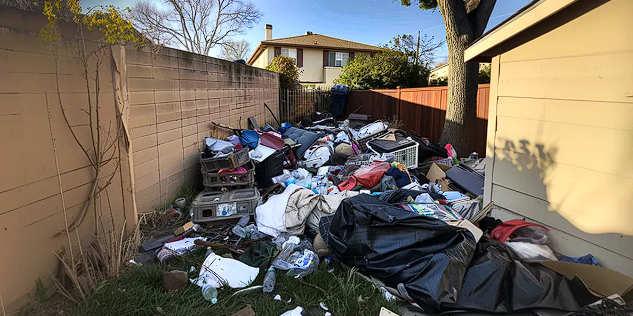If you ever come across a lanternfly (Lycorma delicatula), don’t hesitate to get rid of it immediately. This notorious insect, originally from China, made its way to the U.S., specifically Pennsylvania, in 2014. Since then, it has wreaked havoc on agriculture and ecosystems.
Lanternflies have a voracious appetite for plant sap, which weakens trees and plants, while also creating an ideal environment for the growth of harmful sooty mold. It’s crucial to take action to prevent further damage.

Here’s what you need to know about these pesky invaders:
Identifying Lanternflies
Adult lanternflies are about an inch long, with striking gray wings, adorned with black spots and vibrant red and black underwings. The nymphs, on the other hand, are black with distinct white spots that turn red as they mature. By using their needle-like mouthparts, they drain sap from plants, causing significant harm.
Combatting the Lanternfly Menace
To protect your surroundings, it’s essential to actively combat lanternflies. Here are a few measures you can take:
- Squash the Adults and Nymphs: If you spot adult lanternflies or nymphs, squash them without hesitation. By doing so, you eliminate immediate threats to your plants and trees.
- Destroy Egg Masses: The lanternfly eggs resemble gray mud smears. It’s crucial to identify and get rid of these egg masses promptly. One effective method is to scrape the eggs into a bag with alcohol or hand sanitizer to ensure they are destroyed.
Remember, swift action is key to safeguarding our environment from further harm caused by these invasive insects. By taking the necessary steps to combat lanternflies, you contribute to the well-being of our beautiful landscapes and keep our plants healthy.
Together, let’s protect nature from unwanted invaders!





